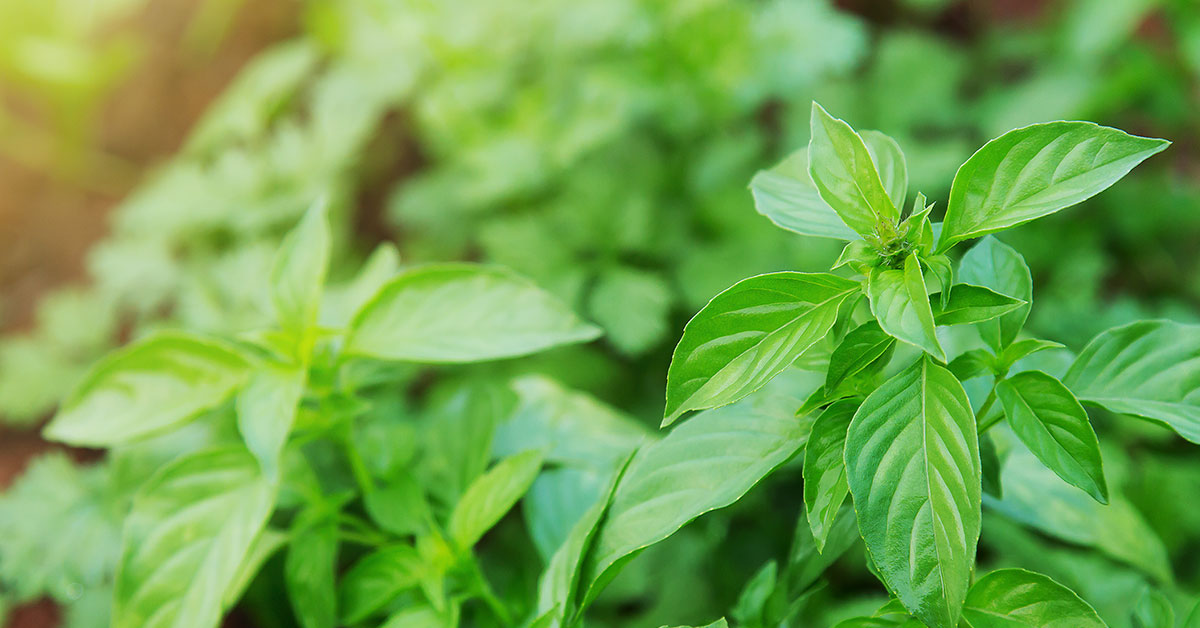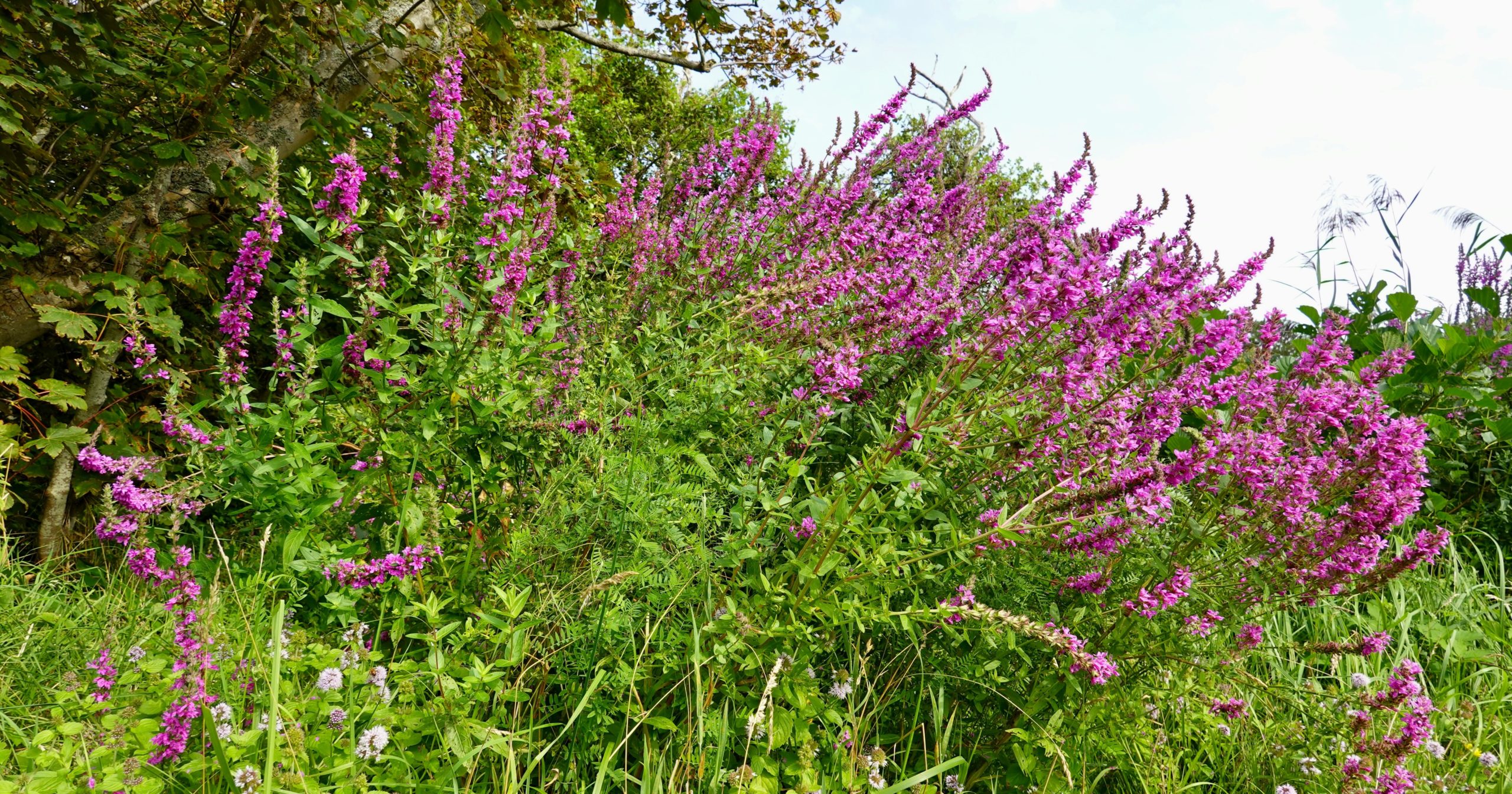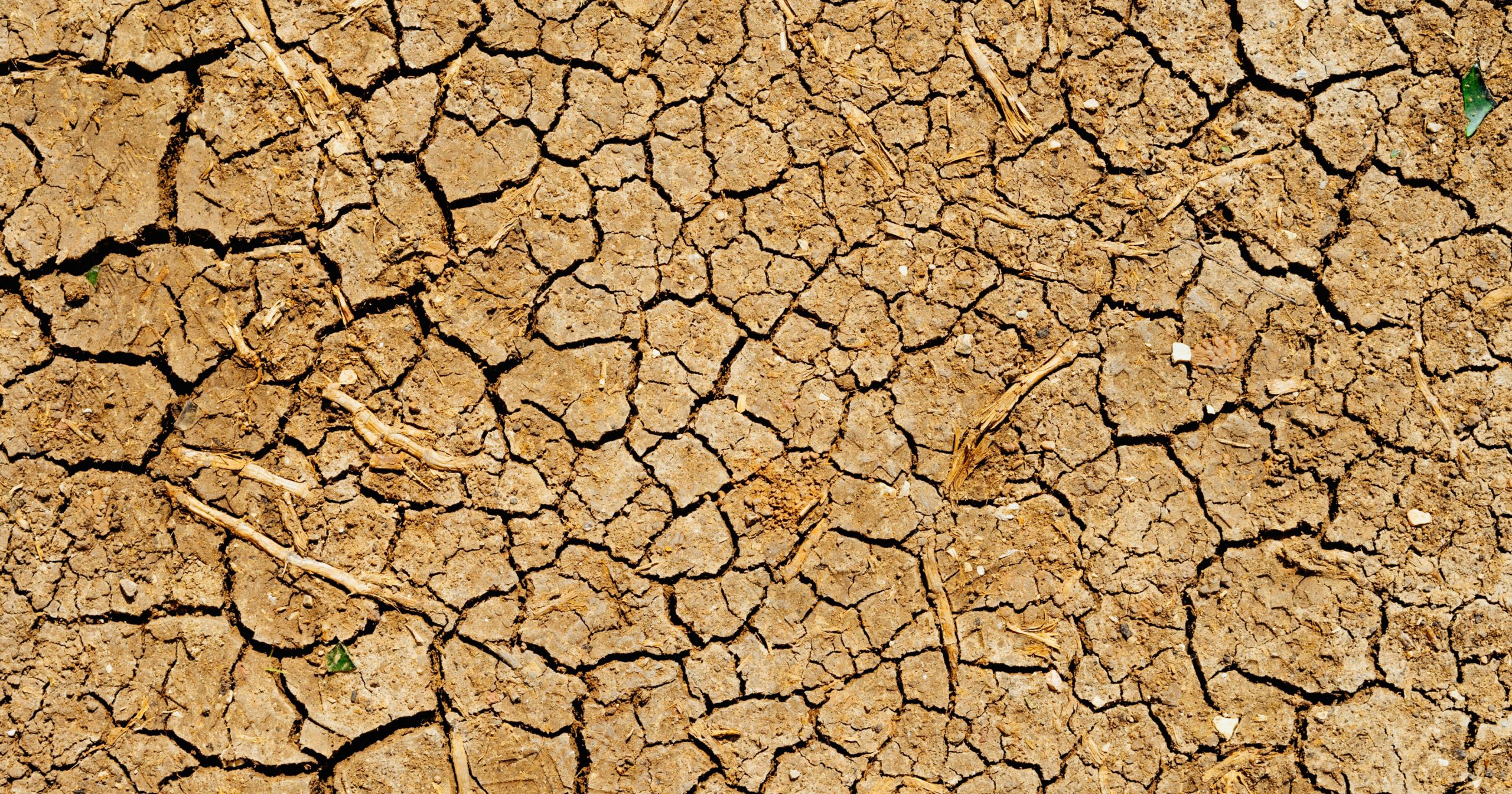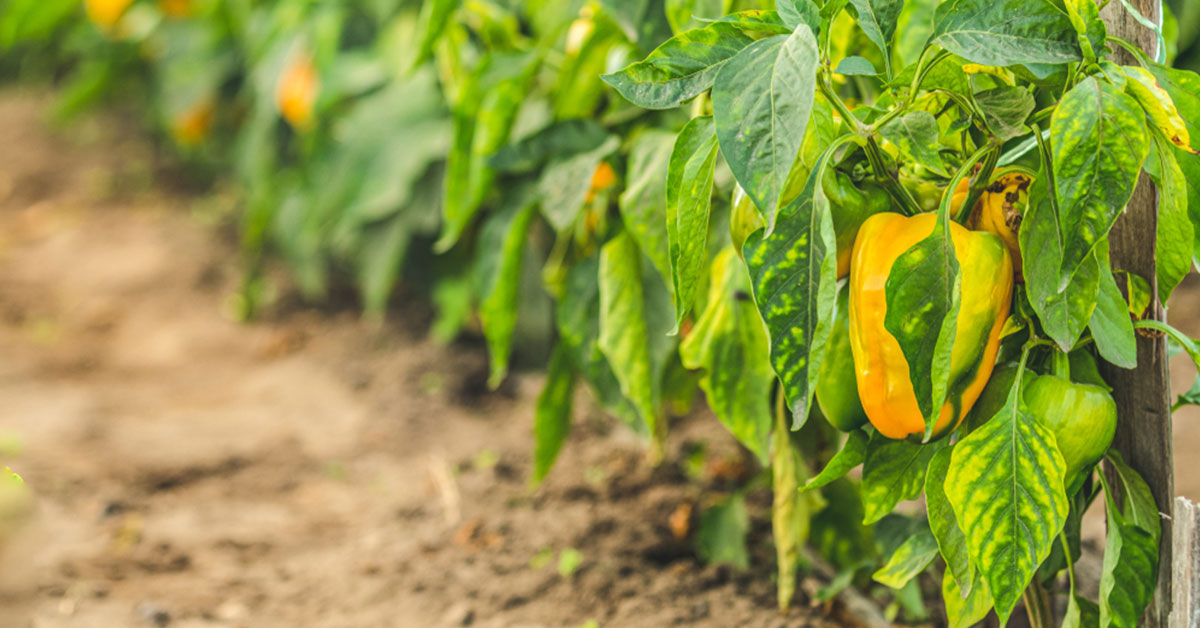Container gardening is a fantastic way to grow herbs, especially if you’re short on space or want to keep your plants close to the kitchen for easy access. Herbs grown in containers can thrive with the right care and conditions, providing fresh flavors for your meals and delightful aromas for your home. However, not all herbs are suited for containers, and some can struggle to thrive in such confined spaces.
In this article, I’m excited to share ten herbs that thrive in container gardens and five that don’t. Each herb has unique characteristics that make it suitable (or not) for container growth. Let’s dive into these wonderful herbs and discover how you can cultivate a thriving container garden!
Basil
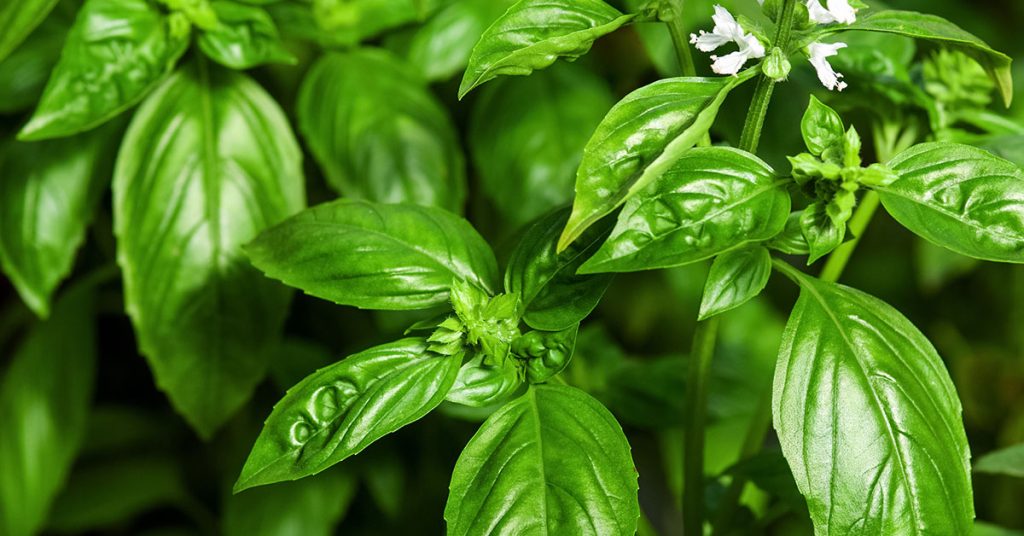
Basil is one of my favorite herbs to grow in containers because it’s incredibly versatile and easy to care for. This herb loves warm weather and plenty of sunlight, making it perfect for a sunny windowsill or patio. Basil grows quickly, so you’ll have fresh leaves to harvest in no time!
To grow basil in a container, choose a pot with good drainage and fill it with well-draining soil. Basil prefers at least six hours of direct sunlight daily. Keep the soil consistently moist but not waterlogged, and pinch off the tops to encourage bushier growth. With its fragrant leaves and delicious flavor, basil is a must-have for any container garden!
Mint
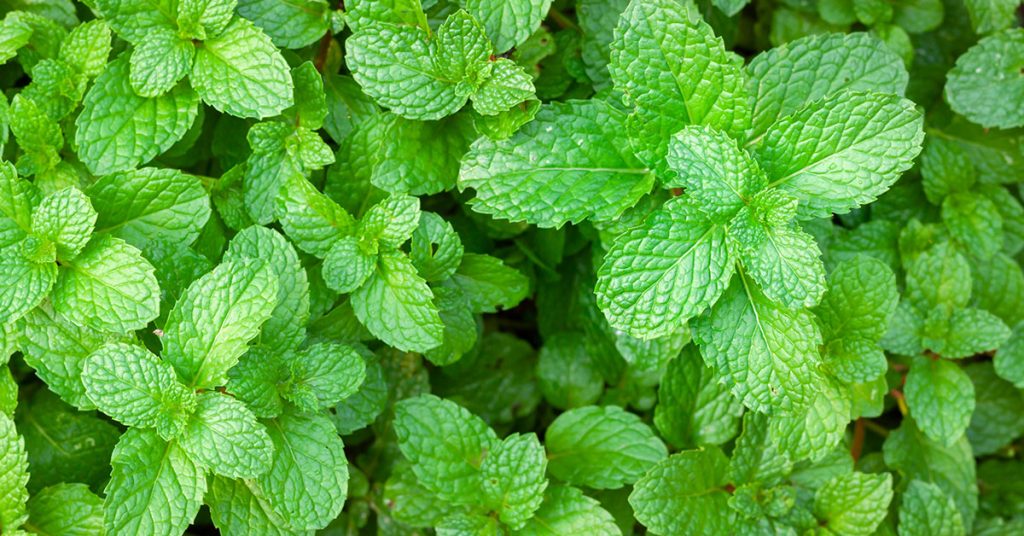
Mint is a fantastic herb for container gardens because it’s incredibly hardy and can thrive in various conditions. However, mint can be invasive if planted in the ground, so growing it in a container is a great way to keep it contained and manageable.
To grow mint, choose a wide, shallow container with good drainage. Mint prefers partial shade to full sun and should be watered regularly to keep the soil moist. Mint’s vigorous growth means you’ll have plenty of fresh leaves for teas, salads, and desserts. Just be sure to prune it regularly to prevent it from taking over your container garden!
Thyme

Thyme is a low-growing herb that thrives in containers, making it an excellent choice for small spaces. This herb is drought-tolerant and loves full sun, making it perfect for a sunny windowsill or balcony.
To grow thyme, use a container with good drainage and fill it with well-draining soil. Thyme prefers at least six hours of direct sunlight daily. Water the plant sparingly, allowing the soil to dry out between waterings. Thyme’s small, aromatic leaves are perfect for seasoning meats, soups, and stews. Plus, its lovely, delicate flowers add a touch of beauty to your container garden!
Parsley
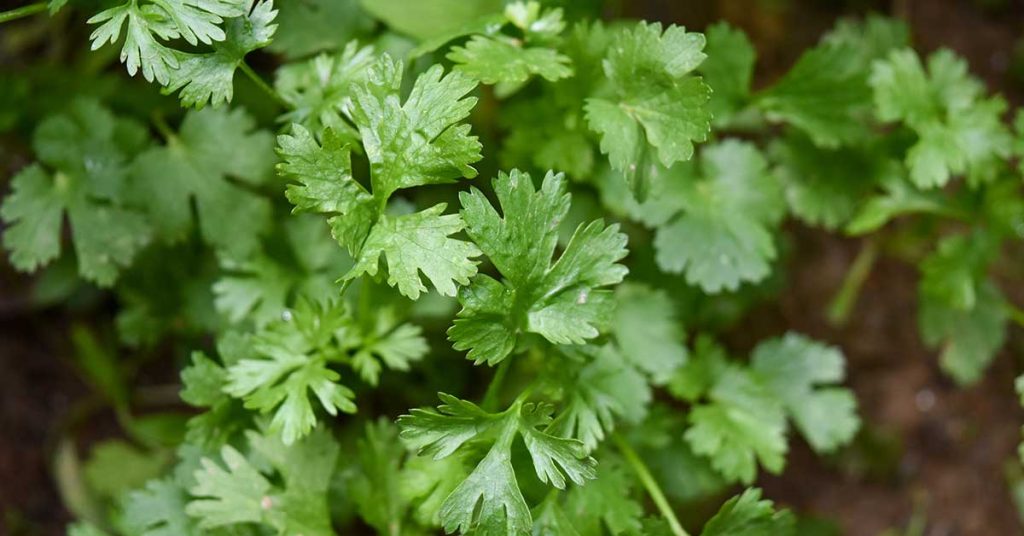
Parsley is another great herb for container gardens, offering both curly and flat-leaf varieties. It’s a biennial plant, meaning it will grow for two years, providing fresh leaves for an extended period.
To grow parsley, choose a deep container with good drainage and fill it with nutrient-rich, well-draining soil. Parsley prefers partial shade to full sun and should be watered regularly to keep the soil moist. Harvest the outer leaves first to encourage continuous growth. Parsley’s fresh, green leaves are perfect for garnishing dishes and adding flavor to soups and salads!
Rosemary
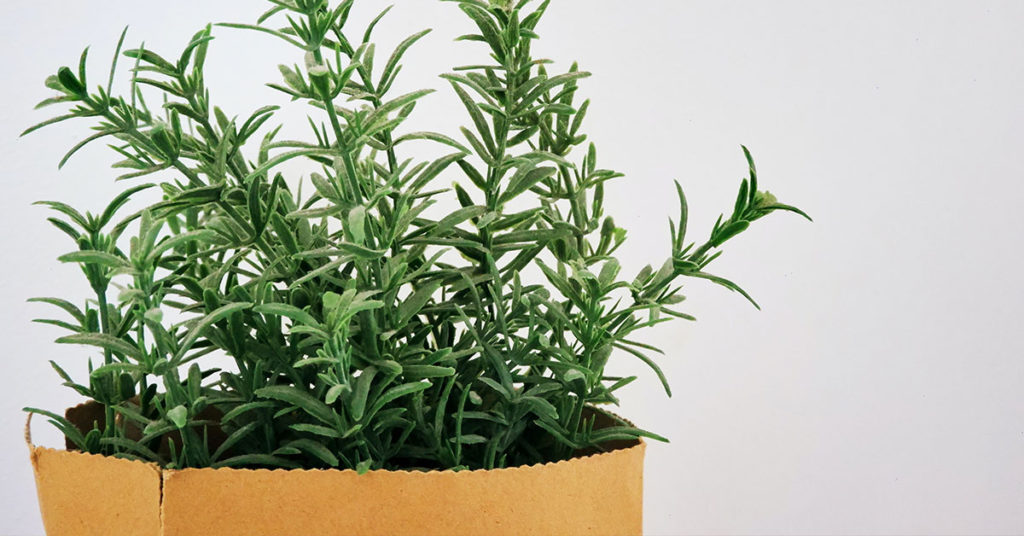
Rosemary is a hardy, woody herb that thrives in containers. Its needle-like leaves are packed with flavor, and its aromatic scent makes it a delightful addition to any garden.
To grow rosemary in a container, choose a pot with good drainage and fill it with well-draining soil. Rosemary prefers full sun and should be watered sparingly, allowing the soil to dry out between waterings. This herb can tolerate drought conditions once established, making it relatively low-maintenance. Rosemary’s flavorful leaves are perfect for seasoning meats, potatoes, and bread!
Chives
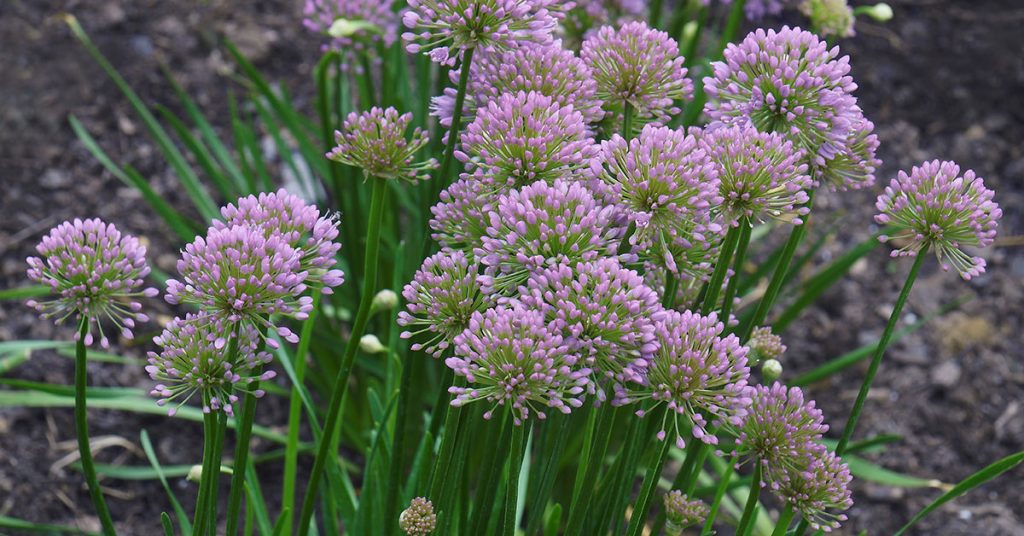
Chives are a versatile and easy-to-grow herb that thrives in containers. Their mild onion flavor makes them perfect for adding a fresh kick to salads, soups, and baked potatoes.
To grow chives, choose a container with good drainage and fill it with well-draining soil. Chives prefer full sun but can tolerate partial shade. Keep the soil consistently moist, and trim the leaves regularly to encourage new growth. Chives also produce lovely purple flowers that are edible and add a splash of color to your garden!
Oregano
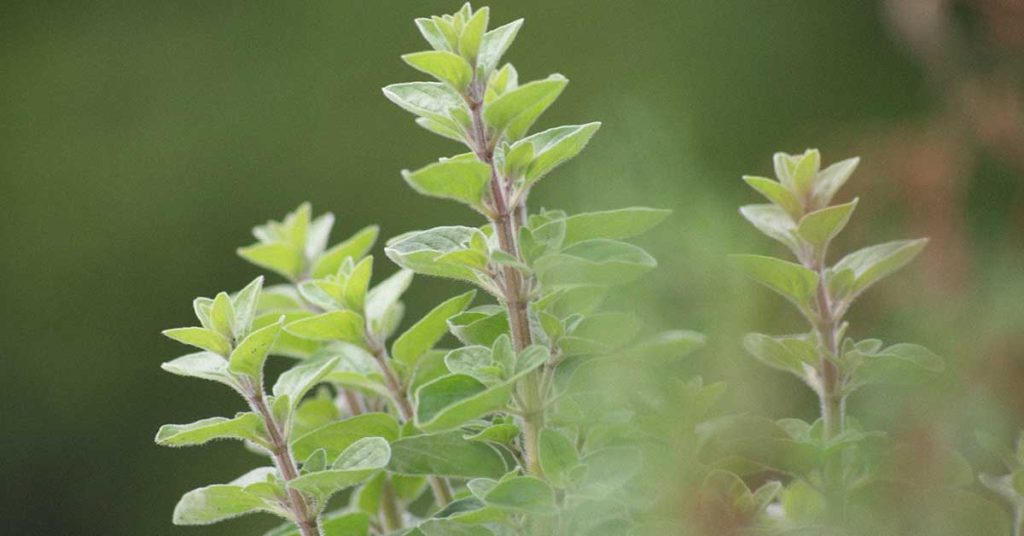
Oregano is a hardy perennial herb that thrives in containers and is perfect for adding a Mediterranean flavor to your dishes. It’s a low-maintenance plant that can grow well even in less-than-ideal conditions.
To grow oregano, choose a container with good drainage and fill it with well-draining soil. Oregano prefers full sun and should be watered moderately, allowing the soil to dry out between waterings. Prune the plant regularly to encourage bushy growth and prevent it from becoming leggy. Oregano’s flavorful leaves are perfect for pizzas, pasta sauces, and marinades!
Cilantro
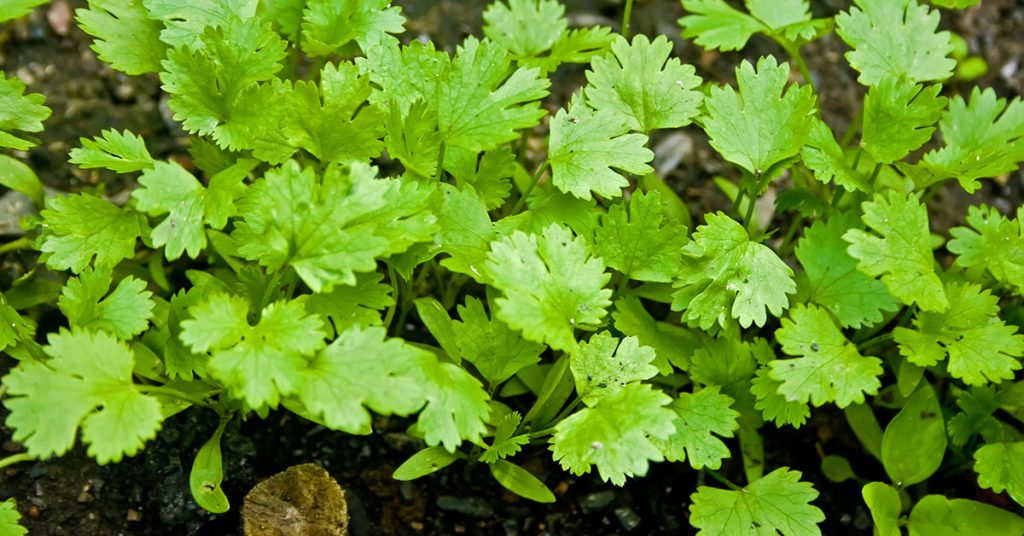
Cilantro, also known as coriander, is a fast-growing herb that thrives in containers. Its fresh, citrusy leaves are a staple in many cuisines, particularly in Mexican and Asian dishes.
To grow cilantro, choose a deep container with good drainage and fill it with well-draining soil. Cilantro prefers full sun but can tolerate partial shade, especially in hotter climates. Water the plant regularly to keep the soil moist but not waterlogged. Cilantro bolts quickly in hot weather, so harvest the leaves frequently to prolong its life. Both the leaves and seeds (coriander) are edible and add a burst of flavor to your meals!
Sage
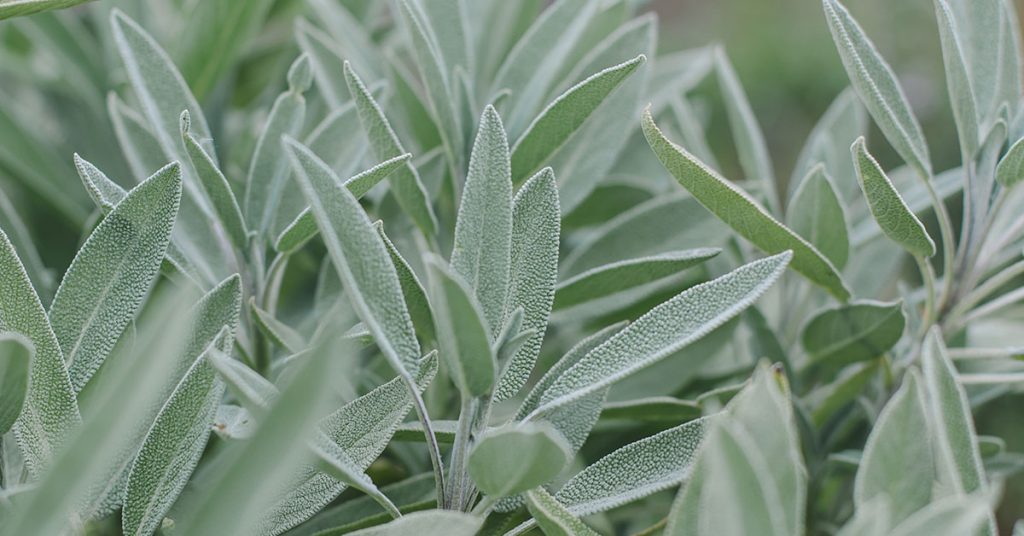
Sage is a hardy, aromatic herb that thrives in containers, making it a great addition to your indoor or outdoor garden. Its gray-green leaves are not only flavorful but also visually appealing.
To grow sage, choose a container with good drainage and fill it with well-draining soil. Sage prefers full sun and should be watered moderately, allowing the soil to dry out between waterings. Prune the plant regularly to encourage bushy growth and prevent it from becoming woody. Sage’s earthy flavor is perfect for seasoning poultry, stuffing, and roasted vegetables!
Tarragon
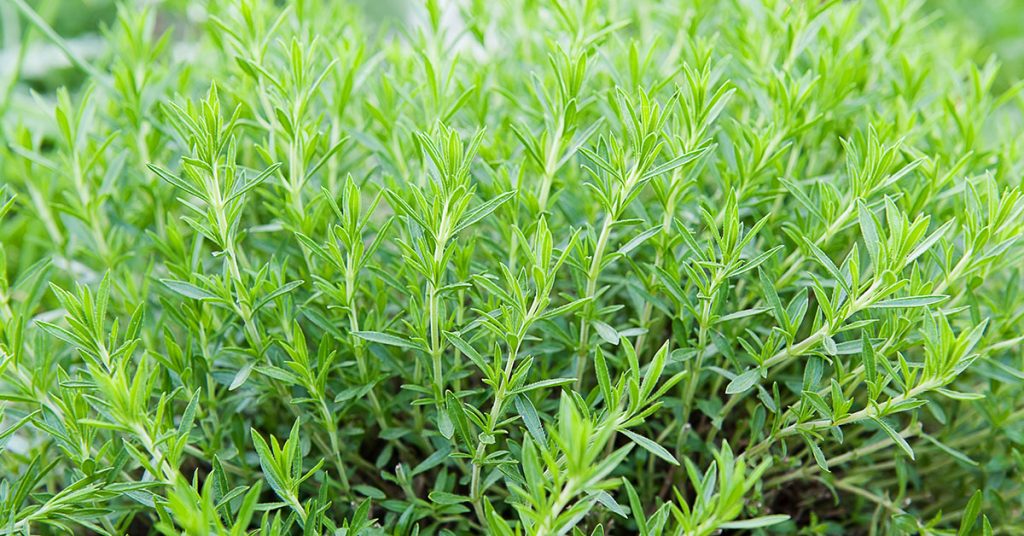
Tarragon is a perennial herb with a unique anise-like flavor that thrives in containers. It’s particularly well-suited for French cuisine, adding a sophisticated touch to various dishes.
To grow tarragon, choose a container with good drainage and fill it with well-draining soil. Tarragon prefers full sun but can tolerate partial shade. Water the plant moderately, allowing the soil to dry out between waterings. Prune the plant regularly to maintain its shape and encourage new growth. Tarragon’s aromatic leaves are perfect for flavoring chicken, fish, and sauces!
Herbs That Don’t Thrive in Containers
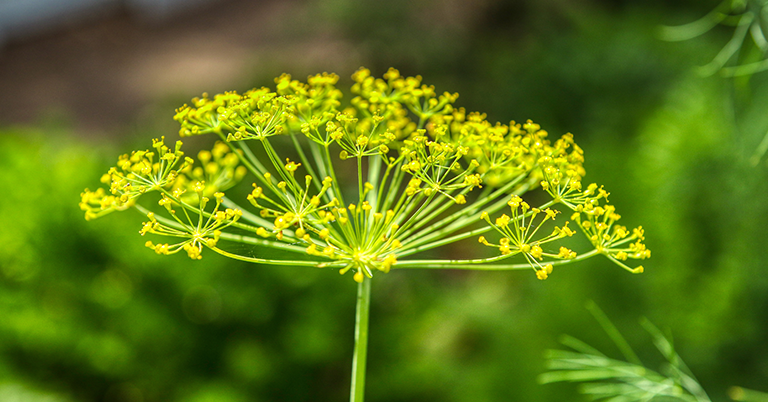
Not all herbs are well-suited for container gardening. Some require more space to spread out their roots, while others need specific soil conditions that are hard to maintain in pots. Here are five herbs that generally don’t do well in containers:
Dill
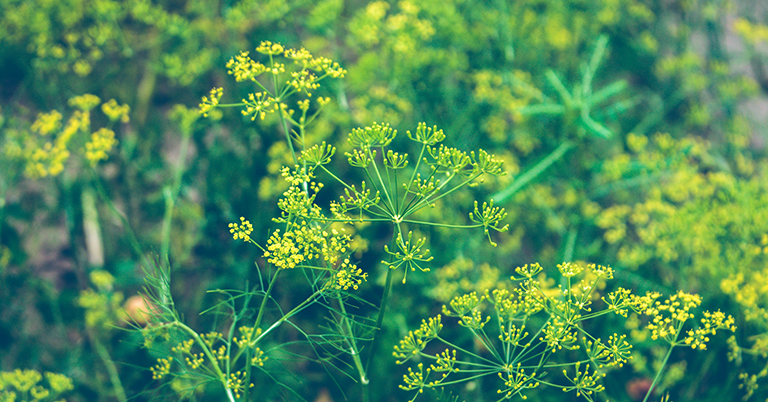
Dill is a tall, feathery herb that prefers deep soil to accommodate its long taproot. In containers, dill can become root-bound, leading to stunted growth and poor health. Dill also needs plenty of space to spread out, which can be challenging to provide in a pot.
If you must grow dill in a container, choose a very deep pot and ensure it receives full sun and regular watering. However, for the best results, it’s preferable to plant dill directly in the ground where it can thrive and reach its full potential.
Fennel
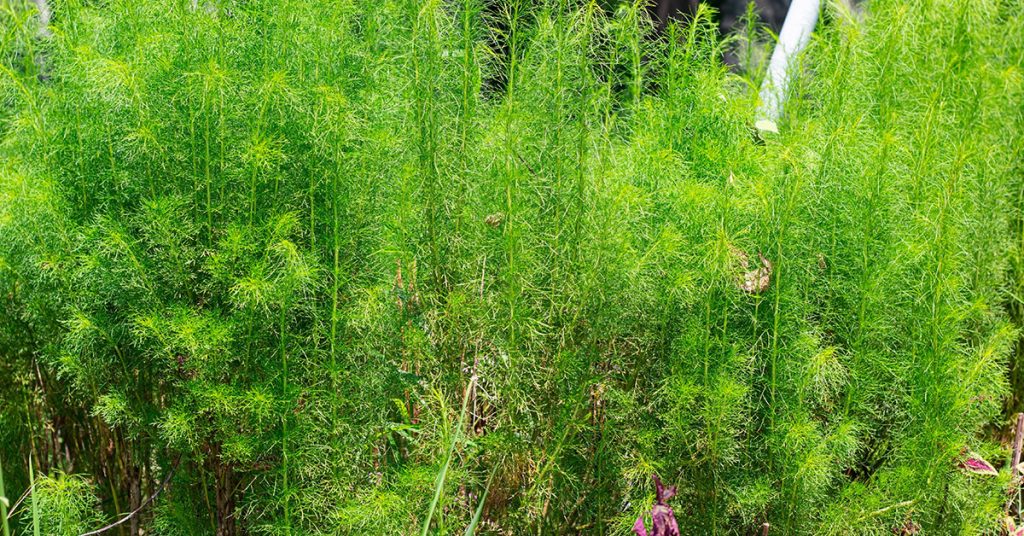
Fennel, like dill, has a long taproot that makes it unsuitable for container gardening. This herb needs plenty of space to grow, and its root system can quickly become cramped in a pot, leading to poor growth and reduced flavor.
Fennel also prefers well-draining soil and full sun, which can be difficult to manage in a container. For the best results, plant fennel directly in your garden where it has room to spread out and develop its flavorful bulbs and fronds.
Horseradish
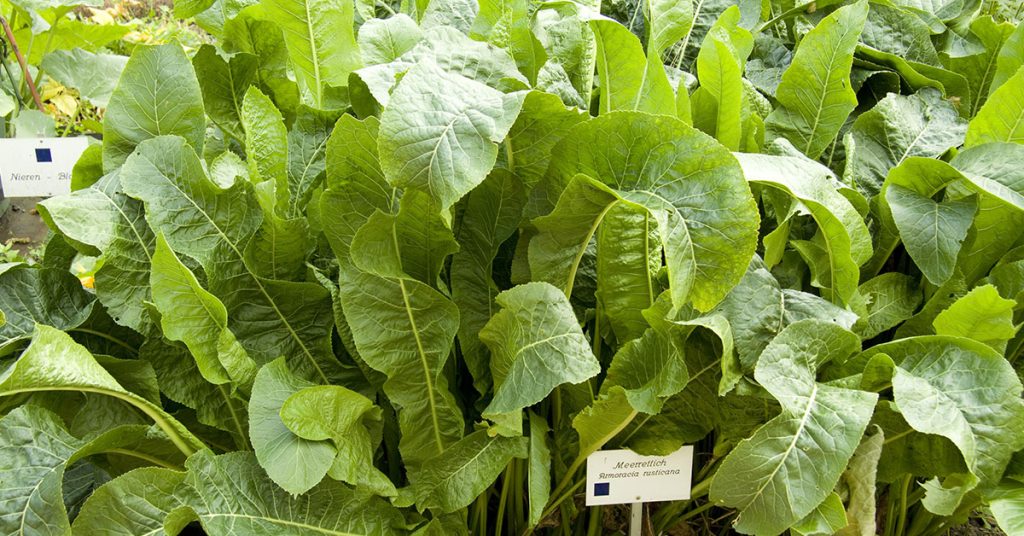
Horseradish is a vigorous, spreading plant that needs ample space to grow its large, pungent roots. In a container, horseradish can become root-bound and fail to produce the large, flavorful roots that it’s known for.
Additionally, horseradish can be quite invasive in the garden, so it’s important to give it plenty of space to grow. Plant horseradish directly in the ground and be prepared to manage its spread to prevent it from taking over your garden.
Lovage
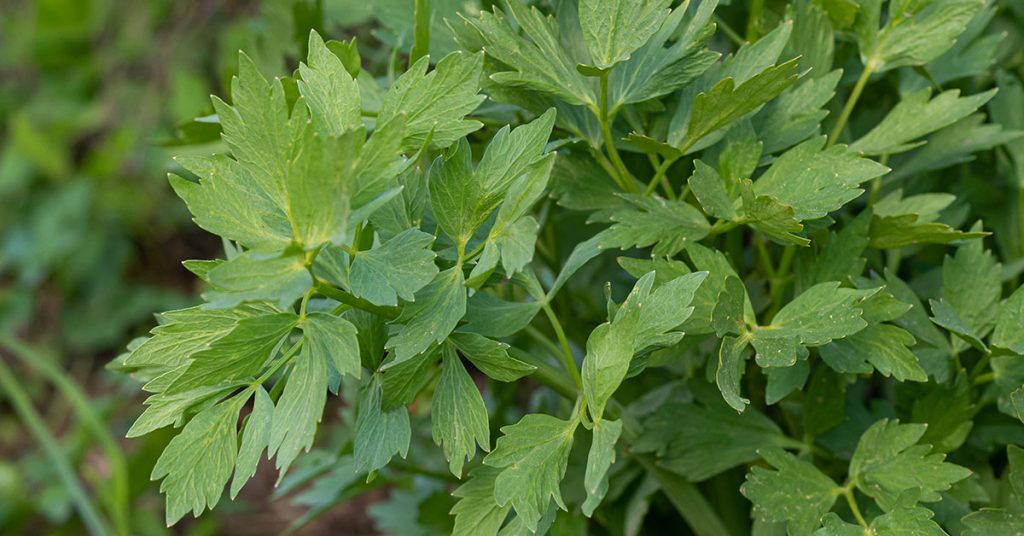
Lovage is a tall, perennial herb that can grow up to six feet high and spread several feet wide. It has a deep root system that requires plenty of space, making it difficult to grow successfully in containers.
To grow lovage, plant it directly in the ground in a sunny spot with well-draining soil. Lovage’s robust growth and large size make it better suited for garden beds where it can thrive and provide its celery-like flavor for soups and stews.
Angelica
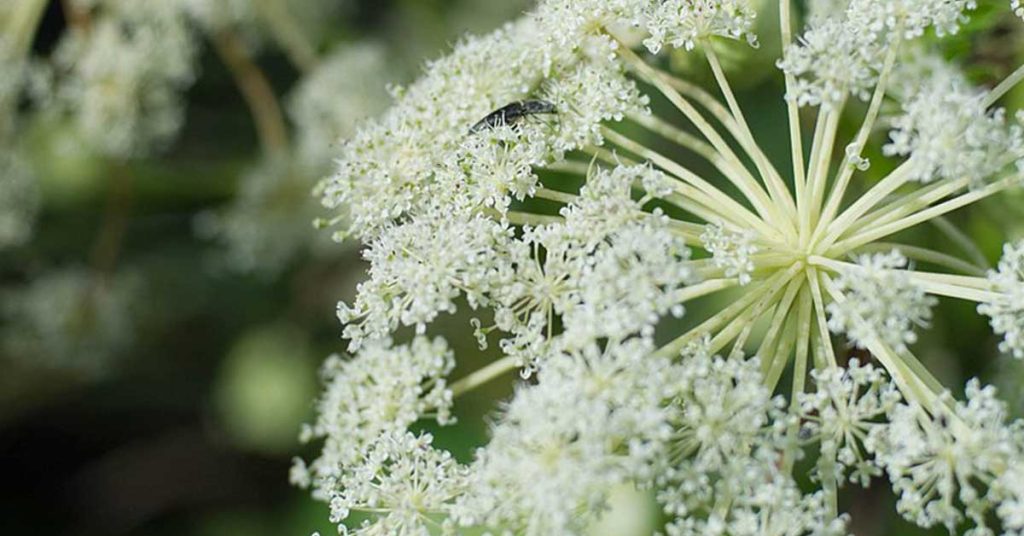
Angelica is a large, biennial herb that can grow up to six feet tall, requiring a lot of space and deep soil for its roots. In containers, angelica can become root-bound and struggle to reach its full potential.
To grow angelica, plant it in a garden bed with rich, well-draining soil and full sun to partial shade. Angelica’s striking appearance and unique flavor make it a wonderful addition to garden beds, but it’s not well-suited for container gardening.
Container gardening is a fantastic way to grow a variety of herbs, but it’s important to choose the right ones for your space. By selecting herbs that thrive in containers and avoiding those that don’t, you can create a lush and productive herb garden.
